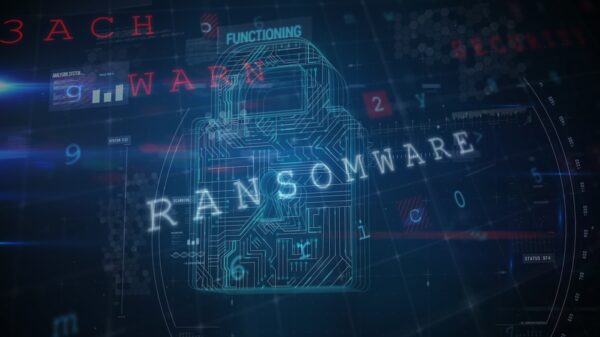A Chinese threat actor is leveraging DLL side-loading for the execution of malicious code in attacks targeting organizations in Myanmar, Sophos security researchers reveal.
DLL side-loading is a technique that uses malicious DLLs that spoof legitimate ones, and which relies on legitimate Windows applications to load and execute the code.
The method has been abused by many advanced persistent threat (APT) groups, mostly operating out of China, with the earliest attacks observed in 2013. Cybercrime groups have since adopted the technique as well.
As part of the recent attacks, DLL side-loading was used to load code that included poorly written English plaintext strings featuring politically inspired messages. Common to all of the observed samples was the use of the same program database (PDB) path, some of them containing the folder name “KilllSomeOne.”
The attacks, Sophos says, targeted organizations in Myanmar, both non-governmental entities and other organizations.
The targets and the characteristics of the employed malware led the security researchers to the conclusion that the attacks were launched by a Chinese threat actor.
The researchers identified four different side-loading scenarios that the adversary used. In two of them, a simple shell payload was delivered, with more complex malware delivered in the other two. In some attacks, combinations of the two scenarios were used.
Analysis of the attacks also revealed an effort to conceal execution, as well as apparent attempts to remove previous infections with the PlugX malware.
The hackers behind these attacks, Sophos notes, are neither highly skilled, nor below average. They used simple implementations in coding and messages hidden in the code that resemble the activities of script kiddies, while their targeting and deployment resemble those of established APT groups.
“Based on our analysis, it’s not clear whether this group will go back to more traditional implants like PlugX or keep going with their own code,” Sophos notes.
Related: More Details Emerge on Operations, Members of Chinese Group APT41
Related: Chinese Cyber-Espionage Group Targeted NGOs for Years













